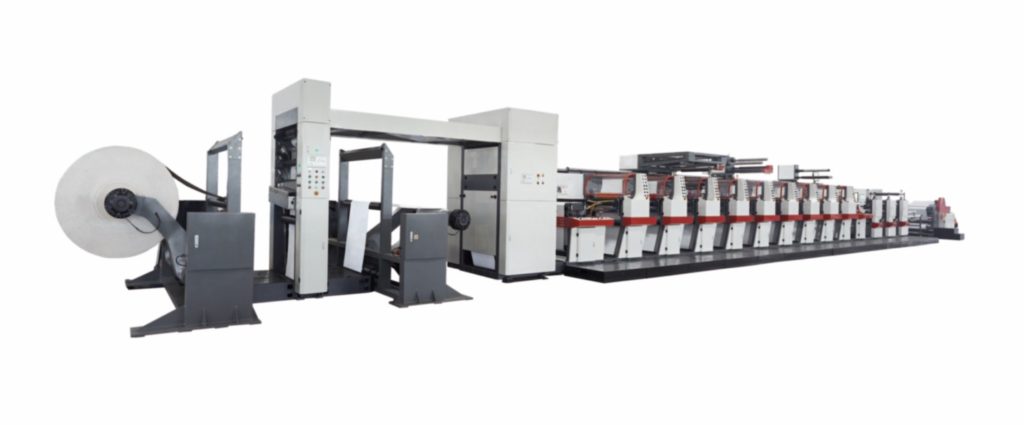Following the continuous advancement of technology, flexo has slowly entered a new period.
Flexographic process has grown tremendously thanks to its economy and high quality.
Flexographic printing originated in the United States in the 20th century. Because of the toxicity of the aniline dye inks used in it, the flexographic process, which was finally called flexographic printing, did not grow. In the seventies and seventies of the 20th century, due to the advancement of the industry, the growth of polymer resin plates, ceramic anilox rolls, UV inks and aging techniques over the years has spurred the growth of contemporary flexographic techniques.

At present, the flexographic process is the fastest printing process in the world with the same growth rate. As far as the label industry is concerned, the US flexographic accounts for 85% of the label category; the European flexographic printing starts later than the US, and the current market occupation rate is about It is 45%, and the rebound is booming.
Flexographic printing is in its infancy in Asia, and many manufacturers are launching new flexo presses. The flexographic printing skills grew to the next day, and this was fully demonstrated in 2000 in Chicago, USA. All exhibitors unveiled the latest flexo or UV flexo skills and equipment. Even some well-known equipment suppliers, in the past for the self-adhesive label industry’s main resin printing method, in the 2000 Chicago show also quietly turned to the flex version, especially the UV flex version. Following the continuous advancement of technology, flexo has slowly entered a new period. Flexographic printing has grown tremendously thanks to its economy and high quality.